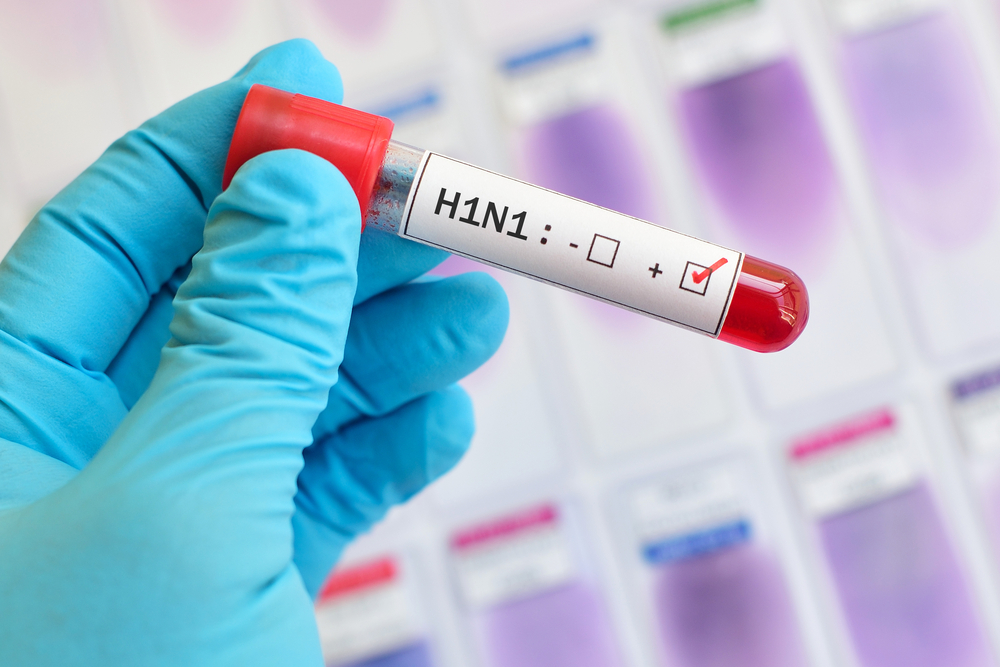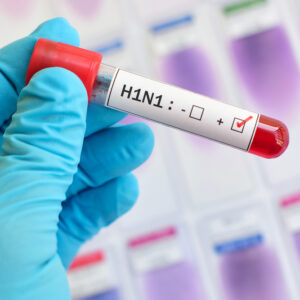This article was assisted in writing by an Artificial Intelligence (AI Writer), reviewed and verified by Bowtie medical editors, and also approved by a doctor.
Types of Lung Cancer
There are 2 main types of lung cancer:
1. Non-small cell lung cancer (NSCLC)
Approximately 80% to 85% of lung cancers belong to the category of NSCLC. NSCLC comprises distinct subtypes such as adenocarcinoma, squamous cell carcinoma, and large cell carcinoma that originate from different types of lung cells. Despite originating from distinct cells, these subtypes share similar treatment options and outlooks, which is why they are grouped under the NSCLC category.
Adenocarcinoma
Adenocarcinomas originate from cells that typically produce mucus-like substances. This form of lung cancer is prevalent among smokers or former smokers, but it is also the most frequent type encountered in non-smokers, particularly women and younger individuals. Typically located in the external regions of the lung, this type of cancer is more often diagnosed early and less prone to metastasize.
Squamous cell carcinoma
Squamous cell carcinomas arise from flat cells called squamous cells that form the lining of lung airways. These types of cancers are frequently associated with smoking history and are commonly detected in the central area of the lungs, close to the principal bronchus.
Large cell (undifferentiated) carcinoma
Large cell carcinoma has the potential to develop in any area of the lung and typically exhibits rapid growth and dissemination, thereby rendering it more challenging to manage.
2. Small cell lung cancer (SCLC)
SCLC accounts for 10% to 15% of all lung cancers and has a tendency to grow and spread rapidly, making it more difficult to treat. It is usually diagnosed after the cancer has already metastasized beyond the lungs. However, chemotherapy and radiation therapy are effective treatments due to its fast growth rate. Nevertheless, the cancer is likely to recur in most patients.
Symptoms of Lung Cancer
The symptoms of lung cancer can vary depending on the type and stage of the cancer. Some common symptoms include:
- Persistent cough that does not go away or gets worse
- Chest pain or discomfort
- Shortness of breath
- Wheezing
- Hoarseness
- Fatigue
- Unintentional weight lossIf you experience any of these symptoms, it is important to see a doctor as soon as possible.
Causes of Lung Cancer
The most common cause of lung cancer is smoking. Tobacco smoke contains more than 70 known carcinogens that can damage the cells in the lungs and increase the risk of cancer. However, non-smokers can also develop lung cancer due to exposure to secondhand smoke, air pollution, and occupational exposure to carcinogens such as asbestos.
How to diagnose lung cancer?
There are several methods for diagnosing lung cancer, including:
- Imaging tests: such as chest X-rays, CT scans, PET scans, or MRI scans.
- Biopsy: a tissue sample is taken from the lungs and examined under a microscope to determine if cancer cells are present.
- Sputum cytology: a sample of mucus coughed up from the lungs is examined for cancer cells.
- Bronchoscopy: a thin, flexible tube with a camera and tools to take samples is inserted through the nose or mouth and into the lungs.
- Mediastinoscopy: a surgical procedure that examines the lymph nodes in the chest for signs of cancer.The specific method used will depend on the patient’s individual circumstances and the suspected type and stage of the cancer.
Treatment Options for Lung Cancer
The treatment for lung cancer depends on the type and stage of the cancer, as well as the overall health of the patient. Some common treatment options include:
- Surgery to remove the tumor
- Radiation therapy to kill cancer cells
- Chemotherapy to kill cancer cells
- Targeted therapy to attack specific cancer cells
Survival Rates of Lung Cancer
Non-small cell lung cancer
| SEER stage | 5-year relative survival rate* |
| Localized | 65% |
| Regional | 37% |
| Distant | 9% |
| All SEER stages combined | 28% |
Small cell lung cancer
|
SEER stage |
5-year relative survival rate^ |
|
Localized |
30% |
|
Regional |
18% |
| Distant |
3% |
| All SEER stages combined |
7% |
- *Based on people diagnosed with NSCLC between 2012 and 2018.
- ^Based on people diagnosed with SCLC between 2012 and 2018.
Preventing Lung Cancer
The best way to prevent lung cancer is to not smoke or use tobacco products. If you do smoke, quitting can greatly reduce your risk of developing lung cancer. Other ways to reduce your risk of lung cancer include:
- Avoiding exposure to secondhand smoke
- Reducing your exposure to air pollution
- Wearing protective equipment if you work with carcinogens
- Eating a healthy diet and staying physically active
Bowtie Cancer Fighter includes full coverage for all levels of malignant cancer and carcinoma in situ (1), from diagnosis and monitoring to surgery, treatment and medication expenses (including targeted therapy and immunotherapy) with customers not needing to pay any deductibles (2).
In 2020, the number of new cases diagnosed with lung cancer in Hong Kong is 5,422.
- (1)“Bowtie Cancer Fighter” covers all grades of malignant cancer and carcinoma in situ, excluding precancerous lesions, CIN I or CIN II cervical anomalies, or all cancers coexisting with HIV infection.cinoma in situ, excluding precancerous lesions, CIN I or CIN II cervical anomalies, or all cancers coexisting with HIV infection.
- (2)For a standard semi-private ward or below, if the insured person chooses to stay in a standard private ward or above when receiving inpatient treatment, we will only pay a specified percentage of the relevant expenses. Please refer to the benefit details below.
- 1Hong Kong Cancer Registry
- 2American Cancer Society - Lung Cancer
- 3American Cancer Society - Lung Cancer Survival Rates
- 4Mayo Clinic
- 5World Health Organization
- 6National Cancer Institute
- 7Medical News Today






